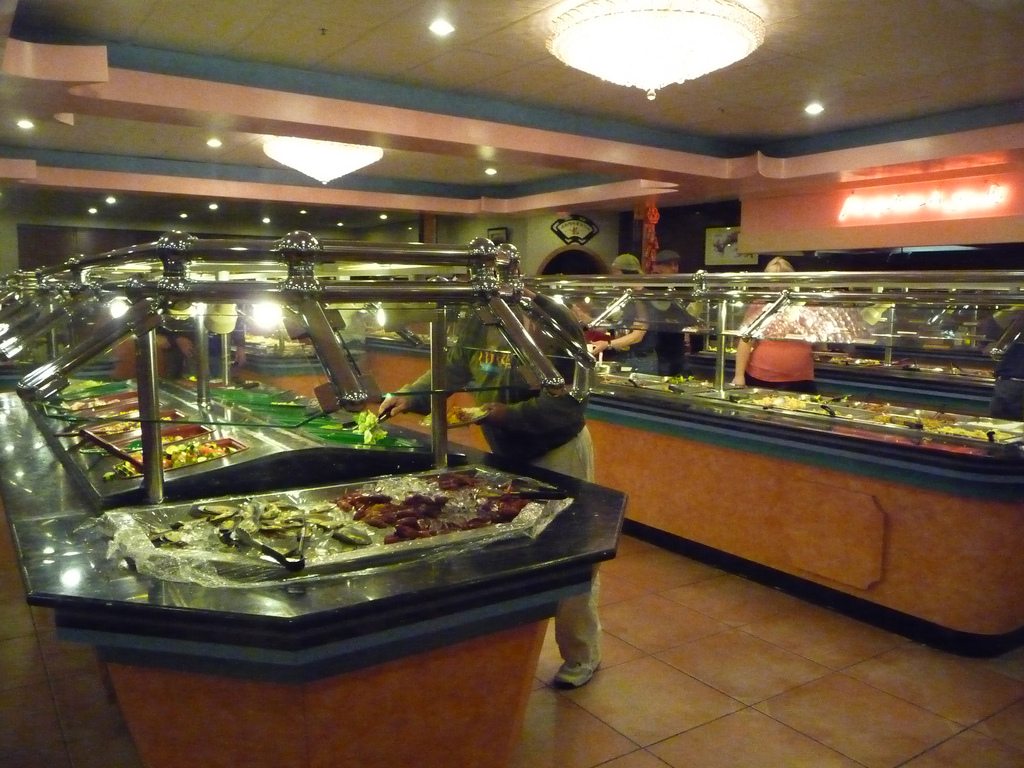By Thursday afternoon, state estimates for the total number of North Carolina farm animal lives lost during Hurricane Florence and her aftermath had risen to 3.4 million birds and 5,500 pigs. The storm’s environmental impacts were beginning to come into focus, too: 57 hog waste lagoons had flooded, breached, or “overtopped,” and an additional 75 were in danger of overflowing. On Thursday morning, Duke Energy issued a high-level emergency alert as waters at a retired power plant flooded a lake adjacent to three coal-ash dumps. Over the weekend, a landfill at the site ruptured, unloading 180 dump trucks’ worth of material into surrounding waters, the Associated Press reports.
“There are still areas where we’re more in rescue mode than recovery mode,” says Heather Overton, assistant director of public affairs at NCDA&CS, adding that agency staff were busy making deliveries of hay, feed, and food around the state. State officials have not yet released crop loss estimates.
North Carolina produced 9.3 million pigs and 819 million broiler chickens in 2016. Animal agriculture accounts for 68 percent of the state’s agricultural output. Poultry and pork farmers in the eastern part of the state are now faced with the difficult task of disposing of their lost livestock.
The USDA announced on Thursday it will incentivize farmers to compost lost livestock through its Environmental Quality Incentives Program (EQIP). An agency memo on emergency animal mortality management says that composting can help prevent water contamination, decrease methane and ammonia emissions, and minimize odor. Burial, by contrast, has the potential to facilitate the transmission of pathogens. In an area like eastern North Carolina, where the water table is high, burial can ultimately lead to water contamination. Mortality incinerators, according to the agency, can emit particulate matter, nitrogen oxide and carbon dioxide. The agency is holding a special sign-up period for farmers in South Carolina to join EQIP.
Overton says pig carcasses are likely headed to the landfill. Rice says some might be sent to rendering plants, where they’d be converted into pet food.
During Hurricane Matthew in 2016, the Federal Emergency Management Agency provided materials to help farmers compost their carcasses, though Rice points out the response can be slow. Integrators may opt to buy their own wood chips in order to get poultry barns up and running as soon as possible.











